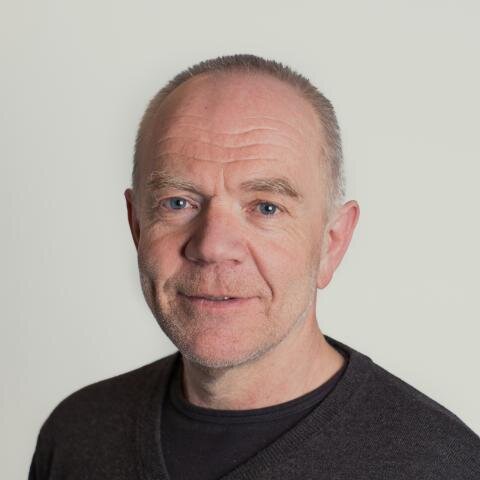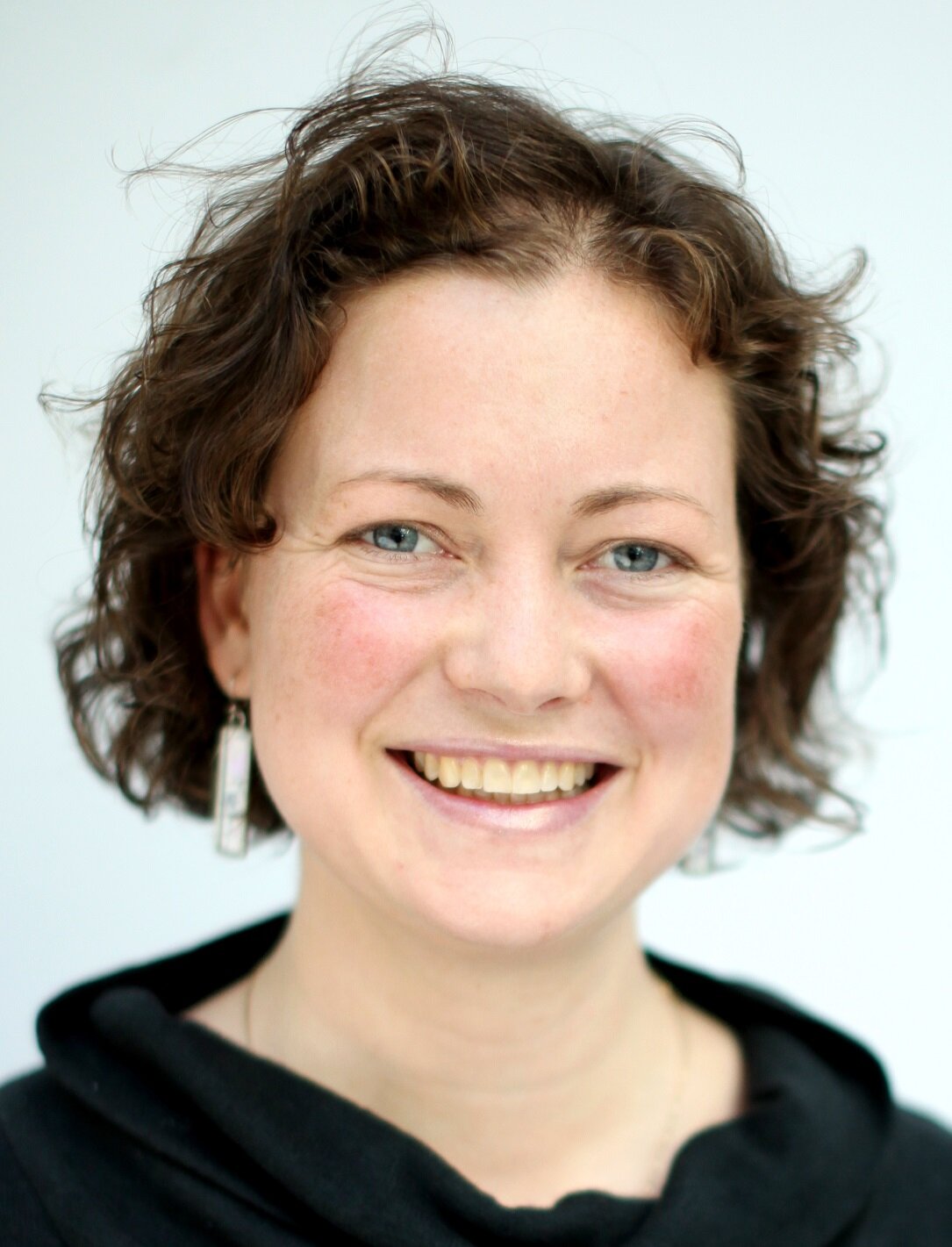The fact that ski resorts follow the safe snow to the high mountains can quickly lead to conflict with other environmental considerations (Photo: Rudy and Peter Skitterians, Pixabay).
This project looks at the extent to which climate adaptation and emission reductions are in conflict with each other or moving in the same direction, and how climate policy affects the conditions for achieving the goal of sustainable development.
The main goal of climate politics is to cut greenhouse gas emissions in order to reduce the consequences of man-made climate change. At the same time, we must adapt society to the effects of climate change. Within climate politics and climate management, however, the government has to a small extent seen these political areas in context. Such a comparison is important because measures for one affect the other.
Adaptation can create new emissions
An example of conflict is adaptation in ski tourism: when the winters become shorter and we get less snow in the lowlands, people will travel longer to get safe snow. Driving far to find good snow conditions will lead to greater climate emissions and thus strengthen the greenhouse effect. We do not have a policy to prevent this behavior.
The ski destinations will also adapt, among other things by moving ski lifts higher up in the mountain sides. At the same time, this means that the skiing can come into conflict with the supervision of biological diversity in the high mountains - for example the wild reindeer. These animals are dependent on large, non-invasive areas, and Norway has committed itself to ensure their living conditions. This example shows the need to see adaptation, climate emissions and sustainability in context, so that measures for one do not affect the other.
Klimatilpassing bør ikkje føre til nye klimautslepp eller andre miljøbelastningar. Eit godt døme på berekraftig klimatilpassing er blågrøne strukturar, som både førebygger flaum og skapar grøne lunger i urbane strøk. Figuren viser open og lokal handtering av overvatn, og er henta frå NOU 2015:16, Overvann i byer og tettsteder — Som problem og ressurs.
Blue-green prevention
Fortunately, there are good examples of measures moving in the same direction. Establishing so-called "blue-green structures" in urban areas and cities, ie green areas combined with open streams and ponds, will both reduce the risk of surface floods and reduce the effect of heat waves in the local environment. Blue-green structures will also stimulate biological diversity by providing animals, plants and insects with better living conditions.
Advice on coordination
The researchers will study how politics can stimulate to good interaction between the various climate perspectives, but also how conflicts arise. They will study this at national, regional and local level; in addition, there is the connection between the different levels of management. The project will be limited to studying one county, and the study will include both the county municipality and the county governor’s politics. In addition, the researchers will look at two municipalities, with emphasis on spatial planning, transport and the built environment.
The work will result in advice to the governing authorities on how they can stimulate better coordination of policy so that society achieves interaction and not conflict between cuts in climate emissions, climate adaptation and sustainability management.
Four of the Noradapt partners
The research project is led by Western Norway Research Institute. In addition, researchers from the CICERO Center for International Climate Research, SINTEF and Nordland Research Institute participates in the project.






